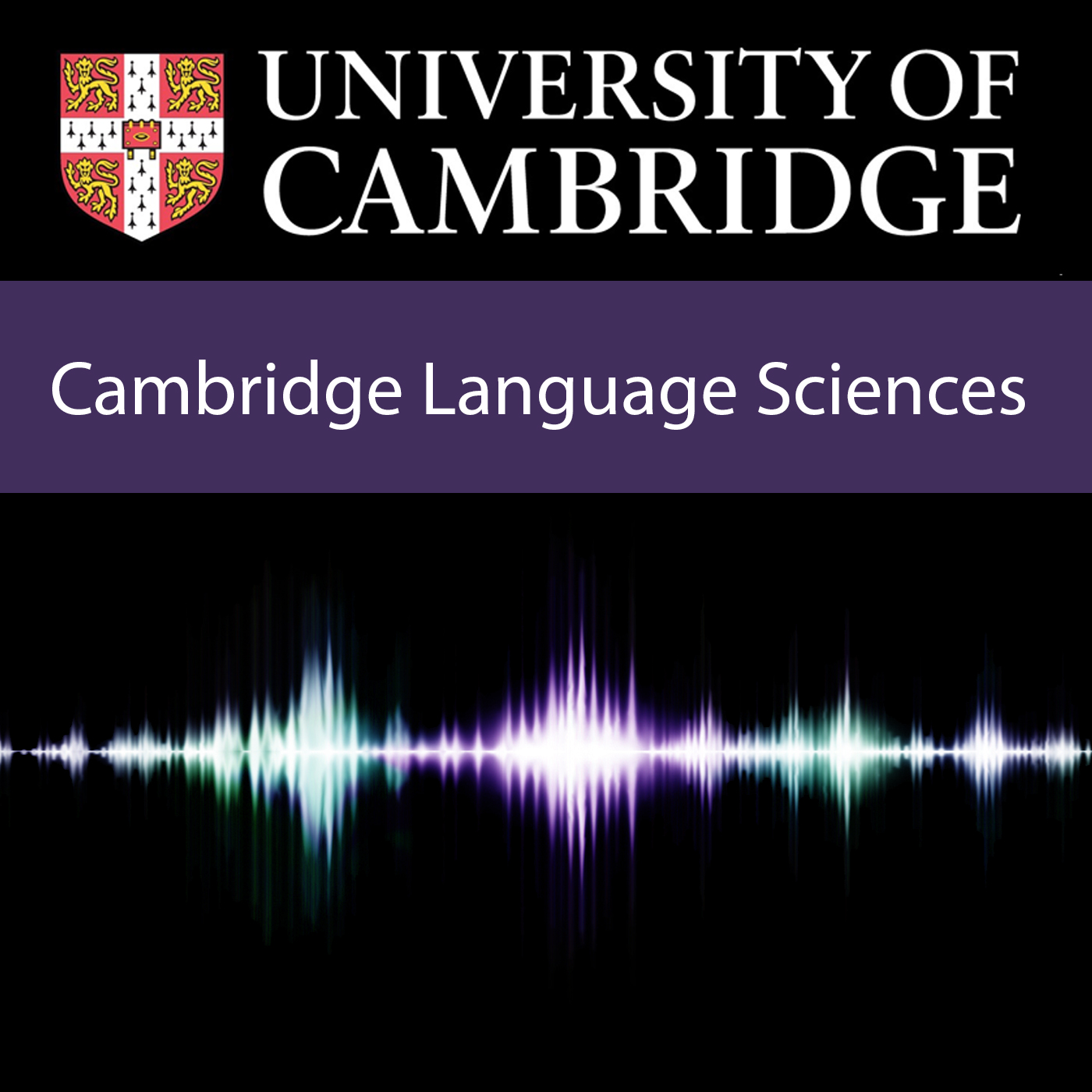Darling, dukeling, duckling: how historical corpora can verify predicted pathways of language change
Duration: 25 mins 14 secs
Share this media item:
Embed this media item:
Embed this media item:
About this item

| Description: | Talk by Dr Marieke Meelen, British Academy Postdoctoral Fellow, Theoretical & Applied Linguistics, University of Cambridge |
|---|
| Created: | 2019-11-25 14:36 | ||||
|---|---|---|---|---|---|
| Collection: | Cambridge Language Sciences | ||||
| Publisher: | University of Cambridge | ||||
| Copyright: | Dr Marieke Meelen | ||||
| Language: | eng (English) | ||||
| Distribution: |
World
|
||||
| Keywords: | historical linguistics; language variation and change; corpus linguistics; low-resource languages; data mining; | ||||
| Credits: |
|
||||
| Categories: |
iTunes - Language - Linguistics iTunes - Language |
||||
| Explicit content: | No | ||||
| Aspect Ratio: | 4:3 | ||||
| Screencast: | No | ||||
| Bumper: | UCS Default | ||||
| Trailer: | UCS Default | ||||
| Abstract: | Over the years, scholars in formal semantic and morpho-syntactic frameworks have observed a number of ‘universal tendencies’ in language change. Jurafsky’s (1996) study of diminutives, for example, aims to predict the cross-linguistic origin and developments of words and suffixes that are linked to children such as ‘-ling’ in ‘duck-ling’, a baby duck. Recent work in comparative syntax goes one step further attempting to explain how cross-linguistic constraints on word-order variation are manifested and why that might lead to certain changes. These observations, however, are often based on a limited number of examples. In order to trace the exact history of predicted changes and verify postulated mechanisms of change, it is important to dive deeper and more rigorously into a large amount of historical data. In this talk I demonstrate why it is essential to build good historical corpora and how state-of-the-art methods of data mining can not only reveal a wealth of previously unknown linguistic features, they can also check predictions regarding cross-linguistic differences and similarities in semantics, morphology and syntax. |
|---|---|
Available Formats
| Format | Quality | Bitrate | Size | |||
|---|---|---|---|---|---|---|
| MPEG-4 Video | 640x360 | 1.34 Mbits/sec | 253.87 MB | View | Download | |
| WebM | 640x360 | 483.5 kbits/sec | 89.42 MB | View | Download | |
| iPod Video | 480x360 | 494.14 kbits/sec | 91.32 MB | View | Download | |
| MP3 | 44100 Hz | 249.88 kbits/sec | 46.21 MB | Listen | Download | |
| Auto * | (Allows browser to choose a format it supports) | |||||

